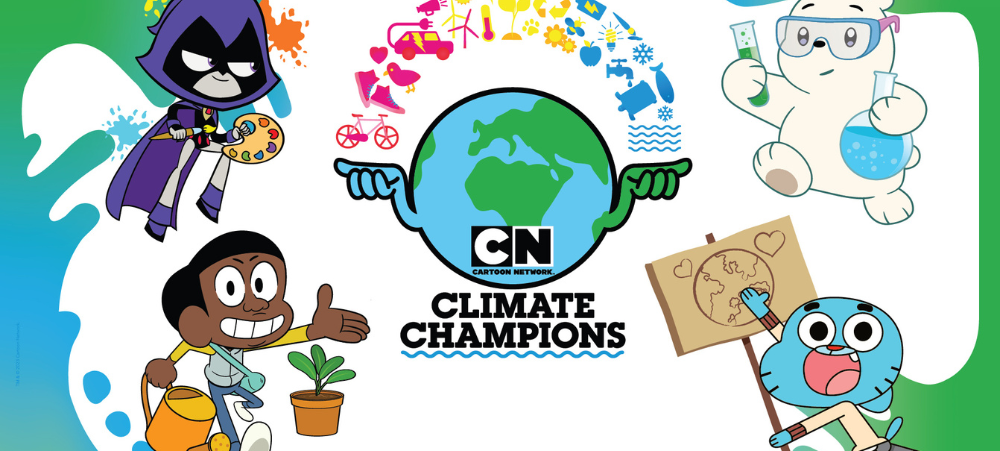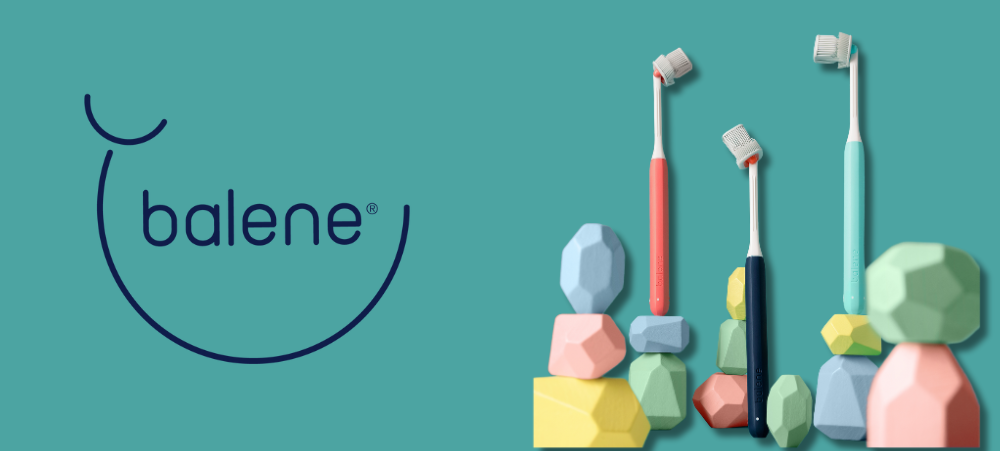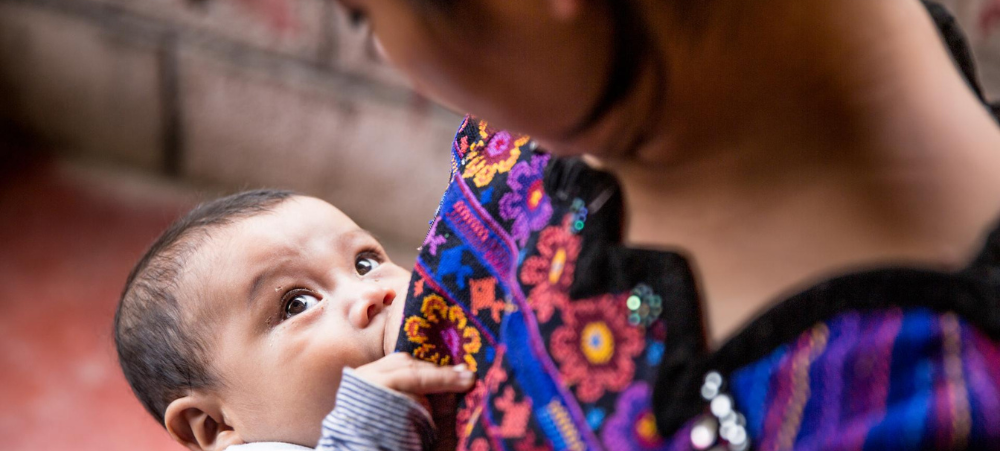The chill of winter is no match for the sizzle of Adcock Ingram’s Winter Warriors Campaign! Winter is notorious for bringing sneezes and sniffles to our doorstep. As the temperatures drop, so does our body’s ability to fend off colds, flu and other respiratory illnesses.1a Indoor gatherings increase, making it easier for viruses to spread, and the dry, cold air can weaken our immune systems.1bHowever, thanks to the Winter Warriors Campaign, you can confidently enhance your family’s ability to defend, protect, and alleviate symptoms during this chilly season. Adcock Ingram boasts a comprehensive portfolio of products to fulfil all your winter needs, making sure you’re equipped to be a true winter warrior. With Panado®, Cepacol®, Compral®, and ViralGuard™, you and your family can confidently face the challenges of the cold months ahead. Panado®: The Ultimate Chill-Beating Pain Fighter Panado® is trusted2 by South African families to offer relief of pain and fever associated with headaches, toothache and colds and flu. The range for adults is conveniently available in tablet, capsule or effervescent form to suit individual preferences. The effervescent format is innovative and ready to work immediately, once completely dissolved3 & 4. For kids and babies, parents trust2 Panado® to be tough on pain and fever this winter. The paediatric range includes peppermint flavoured syrup in convenient 5 ml sachets, strawberry flavoured syrup, peppermint flavoured alcohol and sugar-free syrup, recently launched grape flavoured colourant-free, tartrazine-free, alcohol-free, and sugar-free syrup and peppermint flavoured infant drops with a dosage dropper. Always administer using a medicine measure or a syringe. Do not exceed the recommended dose. Dosage details can be found at https://panado.co.za/dosage-calculator/ and are calculated according to your child’s age and weight. Beat The Scratch And Soothe Sore Throats With Cepacol® Cepacol®, renowned for its sore throat lozenges and hot medication, offers a range of solutions for cold and flu symptoms. There’s a Cepacol® option for everyone this winter! With various formulations available, such as lozenges, throat sprays, hot medication, and cough syrups, Cepacol® makes it convenient to find the perfect solution, for your winter needs. The Cepacol® range includes cough and cold syrup, plus cough and cold syrup specifically designed for nighttime relief, a throat spray and throat gargle, Medsip, a hot medicated drink in either ginger or honey lemon flavours and throat lozenges in four great tasting flavours – regular, black current, honey & lemon and menthol. Beat the Ache with Fast & Targeted Pain Relief From Compral® Don’t let pain hold you back this, winter! Turn to Compral® for targeted pain relief. Available in both tablet and powder form, Compral® Pain Powder is ready to work in just 10 seconds.5 You can trust Compral® tablets for targeted relief from pain, fever, and inflammation. Or choose Compral® Pain Powders designed to offer symptomatic relief of mild to moderate muscle and joint pain, body aches, period discomfort, toothache, and pesky headaches, giving you a comprehensive solution for your specific pain needs.6 Guard Your Immunity and Beat the Bugs ViralGuard™ Adcock Ingram’s Winter Warriors Campaign wouldn’t be complete without ViralGuard™, a formidable ally in safeguarding your family’s immunity. ViralGuard™ offers a formulation with essential ingredients like antioxidants, probiotics, vitamins, herbal extracts, and minerals, all known to support the immune system. The range includes delicious Fizzi chews, junior syrup, a throat spray and tablets. Embrace the Winter Warrior within with the Adcock Ingram Range, featuring Panado®, Cepacol®, Compral®, and ViralGuard™, available from Pick n Pay, Checkers including Hypers, Shoprite, Clicks, Dis-Chem, and Independent Pharmacies. For more information about Panado®, visit https://panado.co.za/ and join the conversations on Facebook. For more information about Cepacol®, visit www.cepacol.co.za and join the conversation on Facebook. For more information about Compral®, www.compralpainrelief.co.za and join the conversation on Facebook. For more information about ViralGuard™, https://viralguard.co.za/ and join the conversation on Facebook. 2023120710328318 References: Johns Hopkins Medicine. Winter Illness Guide. Available from https://www.hopkinsmedicine.org/health/conditions-and-diseases/winter-illness-guide. Last accessed 4 December, 2023. Circana, MT, October 2023 MAT. Panado® Effervescent (Tablet) approved professional information, July 1992. Rygnestad T, Zahlsen K, Samdal FA. Absorption of effervescent paracetamol tablets relative to ordinary paracetamol tablets in healthy volunteers. Eur J Clin Pharmacol (2000) 56: 141-143. Compral pain powder dissolution evaluation. Document no. 23/AD/063, October 2021. Compral Pain Powders PIL 31322 07-2022 PP, November 2021.































